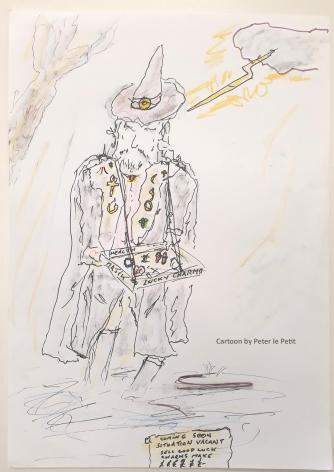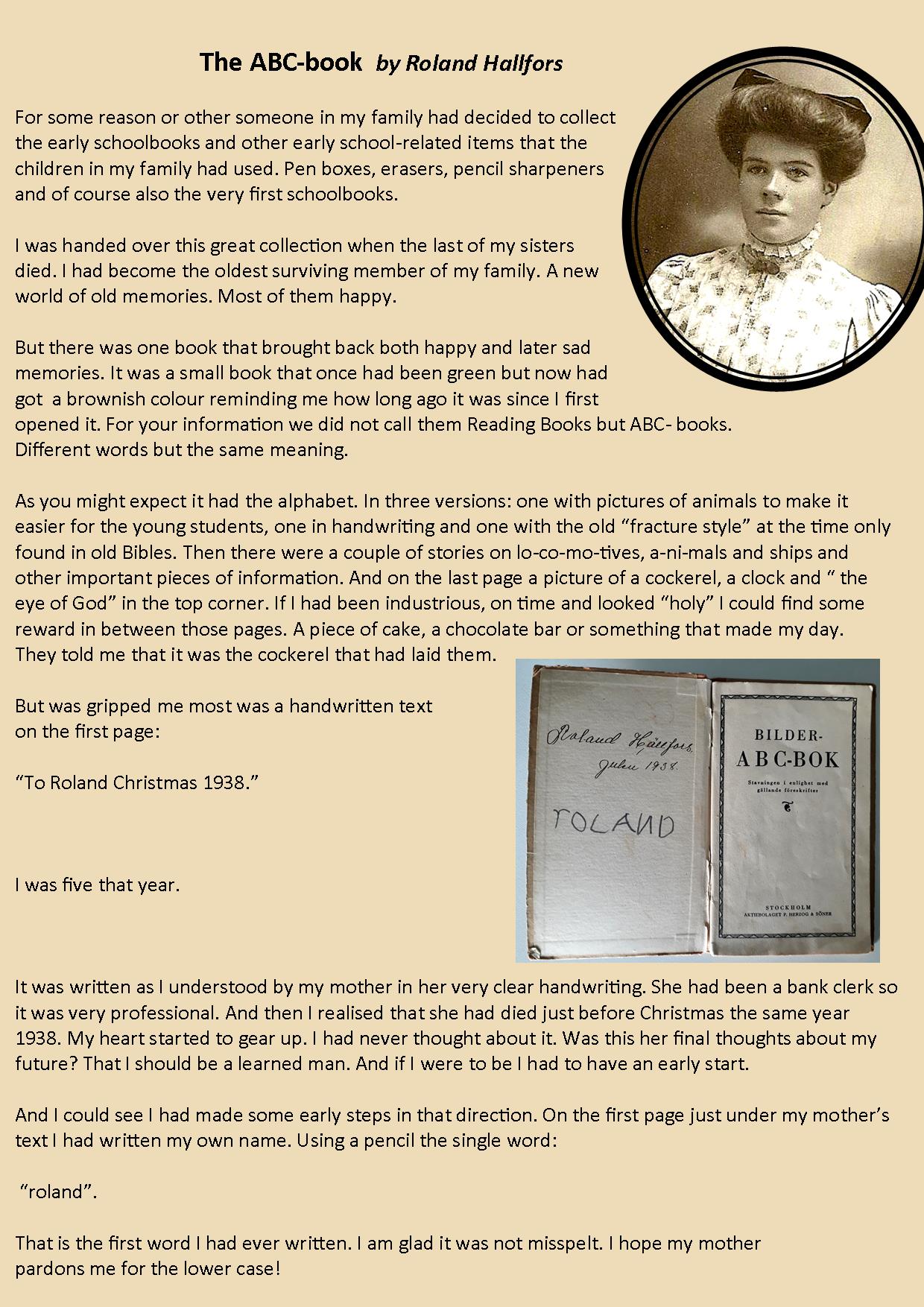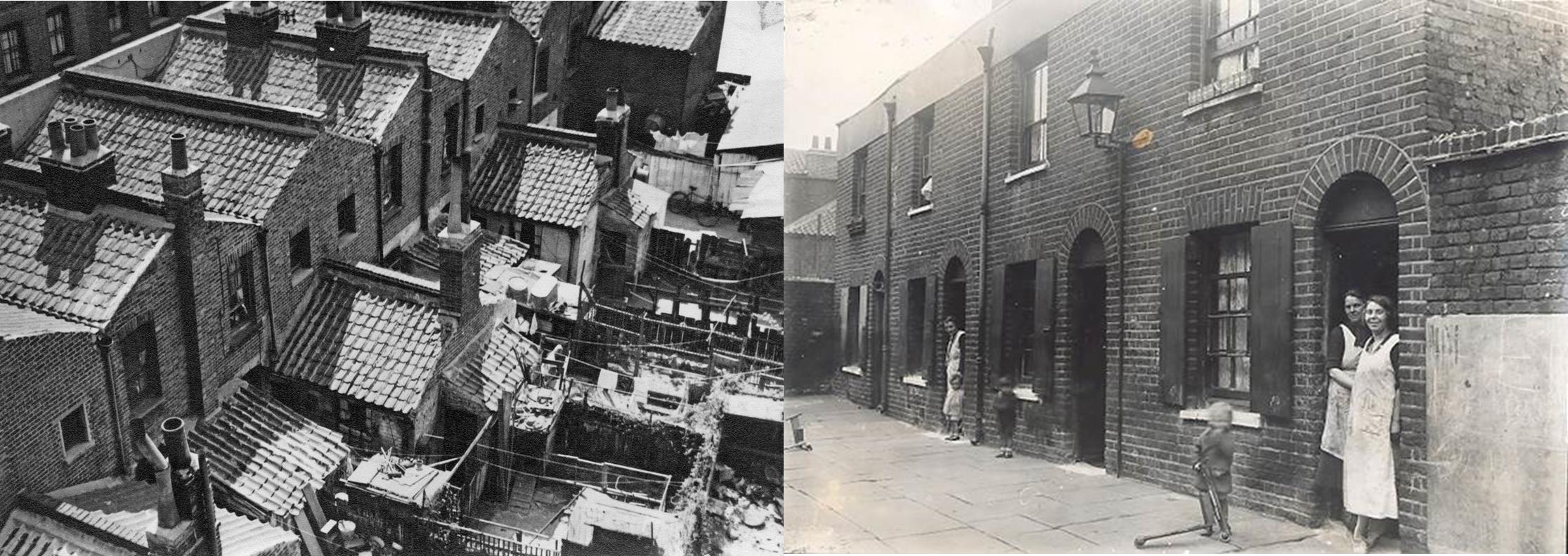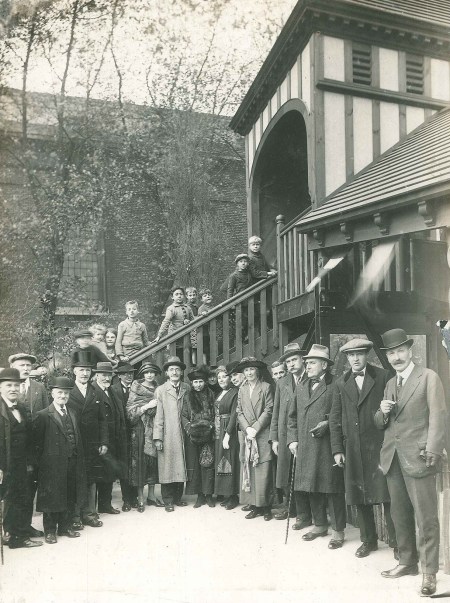by Patricia Dark, Archivist

Sometimes a historic moment plays out like a scene from a movie – think of the opening of Saving Private Ryan, for instance – but other times it’s as everyday as the change in your pocket.
Today is a moment in history that everyone in the country took part in, because 15 February 2021 is the 50th anniversary of D-Day. Not the D-Day shown in Saving Private Ryan, that opened the Battle of Normandy – that’s in June – but the day British currency went decimal.
To understand what that means, 50 years later, we have to dig into the foundations of British money, and those go a lot further back than you’d think. All the way to two of the Roman Empire’s coins, in fact: the silver denarius and the gold solidus.
The denarius was the main circulating coin of the Roman Empire for several hundred years, from the 3rd century BCE to the end of the western Empire in the late 3rd century CE. The solidus began circulation as the denarius stopped being minted, and continued being minted by the Byzantine Empire (as well as copies, known as dinars, minted by various Muslim Caliphates)well into the Middle Ages.
In the late 8th century CE, Charlemagne – whose empire spanned much of modern France, Germany, and northern Italy – revised coinage because of a shortage of gold in western Europe. The new coinage was based entirely on silver: a libra, or pound, of silver weighing a bit less than 500g would be divided into 240 denarii, each weighing about 21 grains. Although the denarius was the only coin in circulation, the solidus remained as a unit of accounting, with 12 denarii to the solidus.
The early English king Offa of Mercia adopted this system with slightly different weights – a “Tower pound” of about 350g, divided into 12 solidii (shillings) and 240 denarii, containing 1.5g of silver each. This system survived for centuries all over western Europe and beyond, and left its marks on languages all over the world.
The libra gave us the name for a number of currencies, including “pound” and “lira” as well as the pound’s abbreviation: “£”.
The denarius’s name survives in the currency name “dinar” used by a number of countries in and around the Mediterranean; the Spanish, Italian, and Portuguese words for “money”; and the abbreviation for the smallest unit of British pre-decimal currency, “d”.
The solidus gave us “shilling” and “soldier”, since the Roman military’s pay came in the form of these coins, as well as “sou”, an obsolete French coin whose name still survives in French idioms relating to money.
Southwark’s Mint
Southwark is a part of the story of pounds, shillings, and pence; specifically, Suffolk Place, a 15th century mansion house that was rebuilt in 1522 by Henry VIII’s brother-in-law, Charles Brandon, 1st duke of Suffolk. The site is at the corner of the modern Borough High Street and Marshalsea Road. In 1536, Henry exchanged Norfolk Place on the Strand for Suffolk Place; nine years later, the site became a mint – a place where money was literally made. Although the house itself was demolished in 1557, it left its mark on the area – in the names Mint Street and Great Suffolk Street, and in the Liberty of the Mint, an area that was a notorious slum until the end of the 19th century.
The 19th century – some failed attempts
The £sd system, as it was known, was useful in terms of doing mental arithmetic with money, since 240 can be split into a large number of fractional pieces: halves, thirds, sixths, eighths, tenths, and twelfths (so unit-pricing dozens of things like eggs was easy). However, it was not easy to do basic addition on pounds, shillings, and pence, and that difficulty increased with the scale of the transaction. As foreign trade increased, having non-decimal currency became more and more unwieldy.
Efforts to change the system began as early as 1824. Another attempt in 1848 led to the introduction of the “florin”, a coin worth 1/10 of a pound – 24 old pence, or 2 shillings – which remained in circulation until 1993 interchangeably with decimal 10p coins. A final attempt to decimalise in the 19th century was scuppered when two members of the Royal Commission appointed to study the problem – the governor of the Bank of England and an executive of the London and Westminster Bank – stifled the idea.
The 1960s – pressure from international trade
By the last quarter of the 20th century, most countries had moved to decimal currency based on units of 10, making international trade significantly more complicated for those countries which still held to the £sd system (generally, those in the Commonwealth). Starting with South Africa in 1962, these countries converted to a decimal based currency: most followed South Africa’s lead in creating a new currency unit equal in value to 10 shillings, or exactly half of a £sd pound.
In 1961, the UK government set up the Halbury Committee to study and report on decimalisation; its report, presented in 1963 and adopted in 1966, noted that the British pound’s value on the foreign exchange market meant that the new currency approach wasn’t feasible. Instead, the pound and its value was retained, but the number of sub-units to the pound was slashed from 240 to 100 – so the value of the new penny was 2.4 pre-decimal pence. In 1969, the Decimal Currency Act came into force, starting the conversion process.
Decimal coins valued at 5p and 10p – the same size and value as the 1 and 2 shillings coins they replaced – entered circulation in April 1968. A 50p coin followed in October 1969, with its predecessor the 10-shilling note being removed from circulation shortly thereafter. The pre-decimal halfpenny and half-crown (worth 2 shillings 6 pence, or 1/8 of a pound) were withdrawn by the end of 1969.

1971 – D day finally comes
Banks closed at 3:30 PM on Wednesday 10 February 1971, and remained shut until 10 AM on Monday 15 February 1971: Decimal Day. February was chosen because it was the least-busy time of year for banks, transport, and retail; the closure allowed for the distribution of stocks of new coins, processing of outstanding cheques and credits in the clearing system, and the conversion of account balances to decimal – the latter task mostly done manually!
The run-up to decimalisation put the conversion into the spotlight. In 1969 and 1970, increasing numbers of retailers priced goods in both currencies, which probably helped cushion the change and cement new values in shoppers’ heads. Shoppers could get a rough idea of the pre-decimal value of a decimal price by doubling the new price and inserting a slash between the digits. For more exact conversions, shoppers’ guides, conversion tables, and specialist calculators between £sd and decimal values became increasingly familiar – the pen company Parker created a special edition of its Jotter pen with conversion tables in a window. Waddington’s even published a board game about decimal conversion!
The early weeks of 1971 saw a huge publicity campaign as D Day approached. Flyers, leaflets, and posters sprouted, as well as a song by Max Bygraves, a series of short films on the BBC, an ITV drama entitled Granny Gets the Point, and – on D Day itself – a special Merry-Go-Round broadcast for schools featuring Peter Firmin.
On the day, new ½p, 1p, and 2p coins entered circulation, and prices – while still in both currencies – featured decimal first. From D Day, shops still accepted old pre-decimal coins, but returned change in decimal currency — shoppers and travellers using 1d and 3d coins were asked to pay them in units of 6 old pence (equal to 2 ½p) to simplify converting change. Because of this, old 1d and 3d coins were out of circulation by the end of February 1971, and 6d coins were rare; 1d and 3d were officially withdrawn at the end of August 1971, ending the transition period.
But the story doesn’t end there. Popular protests – perhaps because of their central role in wedding lore – meant that 6d coins remained legal tender until 1980. Decimal halfpennies were demonetised at the end of 1984, since inflation had eroded their value. Shillings and florins remained in circulation alongside 5p and 10p coins until 1990 and 1993 respectively, when smaller versions of the decimal coins were released. A smaller 50p appeared in 1997; only 1p and 2p coins remain legal tender from D Day.
The Cuming Collection has hundreds of coins, including examples of Roman and British pre-decimal money: you can explore the collection here. You can learn more about pre-decimal currency and the decimalisation process at The Royal Mint Museum’s website. YouTube has examples of public information films, reporting on D Day from the AP, and an extract of Granny Gets the Point from the BFI’s collection.

















































 ‘…sleds, sliding with skeetes, a bull-baiting, horse and coach races, puppet plays and interludes, cooks, tipling and other lewd places, so that it seemed to be a bacchanalian triumph, or carnival on the water’
‘…sleds, sliding with skeetes, a bull-baiting, horse and coach races, puppet plays and interludes, cooks, tipling and other lewd places, so that it seemed to be a bacchanalian triumph, or carnival on the water’




 ots of fascinating local history. I reached out to the lovely folks here to get involved, and they have kindly welcomed me into their family as a volunteer.
ots of fascinating local history. I reached out to the lovely folks here to get involved, and they have kindly welcomed me into their family as a volunteer.


















